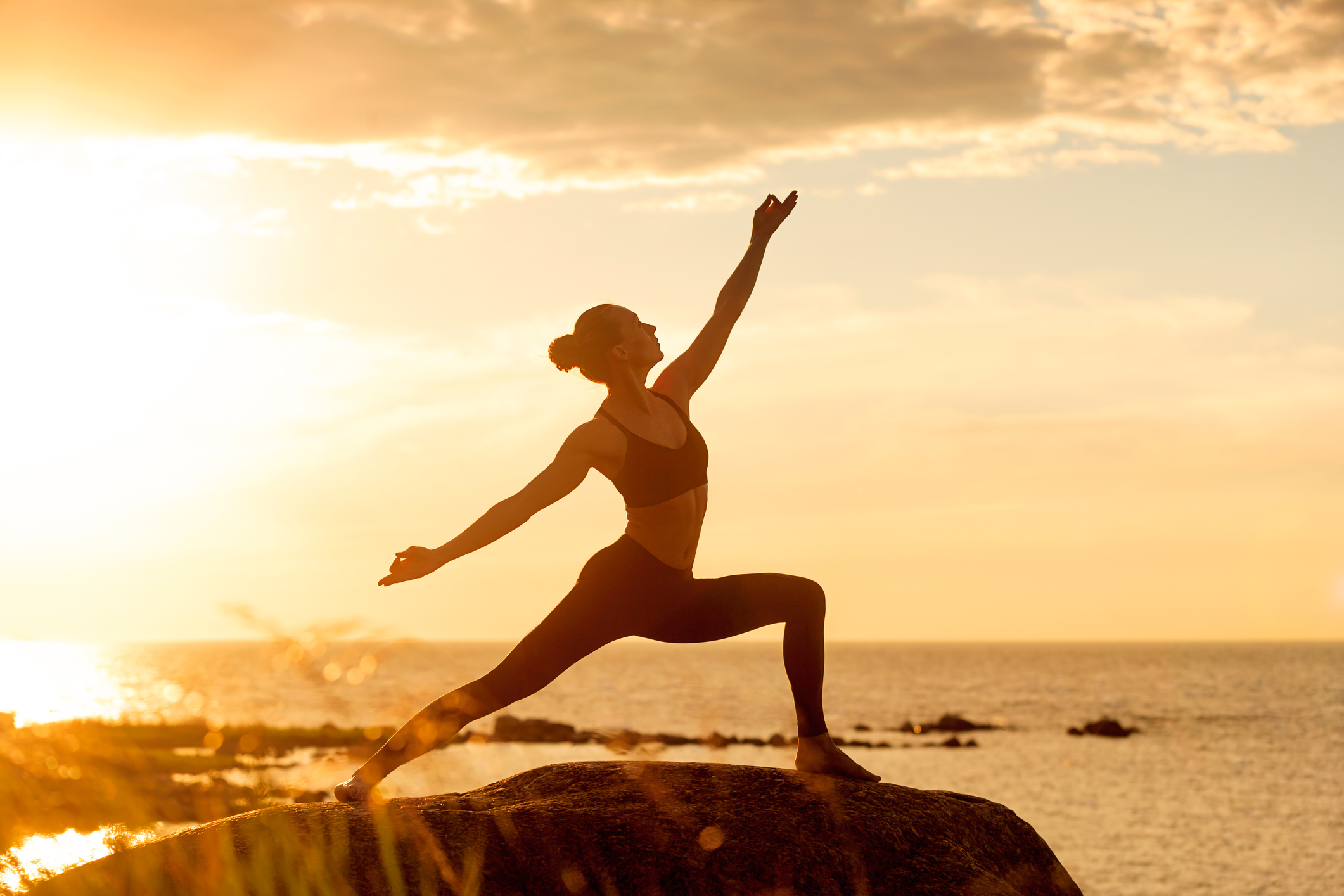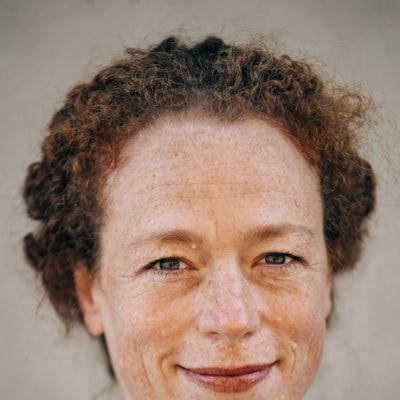How "Exploring Different Types of Yoga: Which One Is Right for You?" can Save You Time, Stress, and Money.

Discovering Different Types of Yoga: Which One Is Ideal for You?
Yoga exercise has ended up being considerably prominent over the years, along with millions of people around the world engaging in it for its many physical and mental health perks. But did you recognize that there are really numerous various styles of doing yoga? Each design uses a special method to the technique, producing it essential to discover the one that aligns finest along with your demands and goals. In this article, we will explore some of the very most common styles of doing yoga and help you establish which one is appropriate for you.
1. Check For Updates : The Foundation
Hatha yoga is frequently taken into consideration the groundwork of all other yoga exercise types. It centers on basic stances (asanas) and breath command (pranayama). Hatha lessons usually tend to be slower-paced and gentle, making them appropriate for novices or those looking for a a lot more soothing method. This kind of yoga exercise is excellent for improving adaptability, balance, and general physical strength.
2. Vinyasa Yoga: Flowing Movement
Vinyasa yoga exercise is characterized by its dynamic flow and continuous movement coming from one posture to another. It integrates breathing along with action, developing a moving meditation. This type is commonly fast-paced and may be actually tough, as it constructs strength, stamina, and versatility. If you enjoy a a lot more lively practice that always keeps you engaged throughout the treatment, vinyasa could be the correct choice for you.
3. Ashtanga Yoga: Structured Practice
Ashtanga doing yoga adheres to a certain series of positions that are practiced in the exact same order every opportunity. It is an rigorous and literally requiring style that concentrates on constructing strength and flexibility via integrated breathwork (ujjayi breathing) and ongoing flow from one pose to another. Ashtanga lessons are commonly led by a teacher who lead pupils via each stance in the collection.
4. Bikram Yoga: Hot Room Practice
Bikram yoga comprises of a series of 26 positions and two breathing workout engaged in in a room warmed to around 105 degrees Fahrenheit (40 levels Celsius). The warmth is thought to boost versatility and detoxing. Bikram training class comply with the very same pattern every time, making it possible for practitioners to assess their improvement over time. Nonetheless, it's essential to take note that the harsh warm may not be ideal for everyone, so it's crucial to listen to your body and keep hydrated throughout the technique.
5. Yin Yoga: Deep Stretching and Leisure
Yin doing yoga centers on storing easy poses for longer timeframes, typically varying from one to five mins. It targets the combinative cells in the physical body, such as ligaments, ligaments, and fascia. This type promotes deep-seated stretching and relaxation, permitting specialists to release stress and enhance flexibility. Yin yoga is best for those looking for a slower-paced strategy that cultivates mindfulness and self-questioning.
6. Kundalini Yoga: Spiritual Awakening
Kundalini doing yoga blends compelling activities, breathwork, reflection, and shouting to stir up the inactive religious electricity within us (kundalini). This method strives to balance the thoughts, body system, and spirit while ensuring self-awareness and interior change. Kundalini training class usually include recurring activities gotten in touch with kriyas that target particular regions of the body or energetic process (nadis).

7. Restorative Yoga: Deep-seated Leisure
Corrective doing yoga is all concerning relaxation and revitalization. It entails holding sustained posture with props such as bolsters, coverings, or blocks for lengthy periods of time – normally between five to twenty mins every pose. The emphasis is on launching stress in both the physical body and thoughts while stimulating the parasympathetic concerned unit liable for remainder and food digestion.
Currently that you possess an outline of some popular styles of yoga, how do you determine which one is best for you? Here are a few elements to think about:
- Bodily fitness degree: If you're a amateur or have limited bodily physical fitness, starting along with a delicate design like Hatha or Yin yoga might be a good choice. If you're presently physically energetic and looking for a extra difficult technique, Vinyasa or Ashtanga doing yoga could possibly be suited.
- Private targets: Think about what you hope to achieve via your yoga exercise strategy. Are you looking to improve adaptability, create strength, lower anxiety, or find religious relationship? Different designs of yoga stress various elements, thus decide on one that straightens with your goals.
- Tastes: Show on what kind of take in you enjoy. Do you favor a slower-paced class that allows for deep stretching and leisure? Or do you flourish in an lively and fast-paced atmosphere? Your personality and preferences play a role in finding the appropriate type for you.
Ultimately, the absolute best way to establish which style of doing yoga is correct for you is to try various training class and see how they reverberate with your body and thoughts. Don't forget that everyone's adventure is unique, so be available to exploring various types until you discover the one that takes harmony, delight, and satisfaction to your strategy.
In conclusion, there are actually several types of doing yoga readily available today. Each style supplies its own benefits and caters to various needs and inclinations. Whether it's Hatha doing yoga for delicate movements or Ashtanga for extreme bodily difficulty, there is actually something for everyone. Take the time to check out different designs until you locate the one that reverberates with you – the one that brings compatibility between your mind, body, and spirit on your path towards total well-being.
